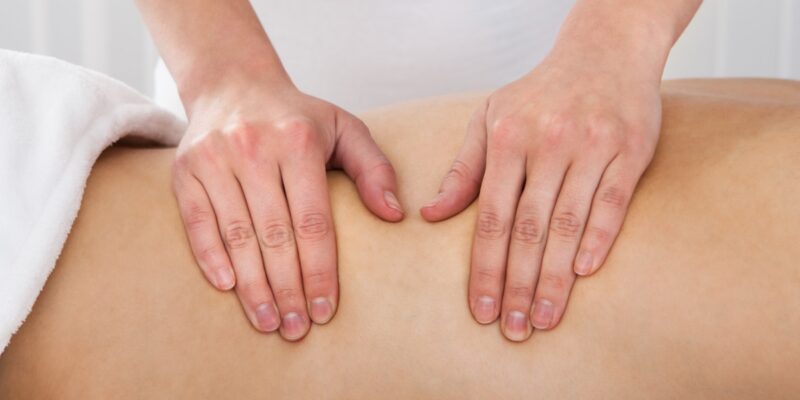
How To Avoid Most Spa Insurance Claims

How To Avoid Most Spa Insurance Claims
Spa Insurance Claim Facts
70% of spa insurance claims are slip & fall
20% are burns due to body wraps (usually a chemical reaction due to a lack of oxygen)
10% are chemical reactions with different individuals, which can result in nausea, burns, ulcerations or other traumas associated with allergic reactions
Many of the claims we see at Insurtec could have been avoided if the proper preventative measures had been taken. Here are some helpful tips to follow to minimize your chances of having a claim.
Slippery Flooring
Slippery conditions are typically caused by water, silicone hair sprays or freshly treated floors.
Use extreme caution when dealing with newly waxed floors.
If employees and clients are consistently slipping on the flooring in your business, you may need to consider a change in the flooring type.
Consider installing flooring that is slip resistant, such as rough ceramic tile with a sure-grip finish.
Place commercial mats with non-skid surfaces in trouble spots such as entryways and areas where water poses the threat of an accident.
Consider installing railings in trouble areas.
Stairs
If rooms are separated by one or two-step stairs, consider removing the stairs and replacing them with a gently sloping ramp.
If you can’t eliminate the stairs, make sure the steps have non-slip surfaces and handrails on both sides.
Serving Clients
Teach employees to assist clients properly and to work in ways that drop the threat of repetitive motion syndrome
Consider inviting a physical therapist to give employees an injury-prevention class at least once a year
Hot Water
Hot water claims can come from hydrotherapy tubs, Vichy showers, and pedicure services.
Most cases involve an inattentive technician.
Clients can faint during or after hot water therapies, particularly when lymphatic drainage and aromatherapy oils are involved.
Consider limiting the amount of time a tub treatment can last.
Include a rest period (i.e.: 10 minutes) between services and urge clients to drink plenty of fluids for rehydration.
Waxing
Mild to moderate skin injuries are more prevalent with waxing than any other day spa service.
Many burns occur when employees fail to ask clients if they are taking medications, using prescription creams or visiting a tanning booth prior to services.
Have a waiver form that includes a liability release that every client must complete before services are rendered.
Hair Stylist
Scissor cuts and gouges can be severe enough to require immediate medical attention.
Most of accidents involve the employee’s hands or the clients’ neck or ears.
Talk to stylists about how to use their tools safely.
Chemicals
Have safety procedures in place to cut the risk of chemical reactions.
Procedures, such as hair coloring, must be closely monitored.
Include an area on your waiver card about allergic reactions.
Educate employees on which type of reactions are most typical with each service.
These are just a few of the precautions you can take to avoid spa insurance claims. In general, put your safety procedures in writing and hold frequent safety meetings. Also, many accidents occur because of preoccupied or frantic clients and employees. Concentrate on keeping a calm, steady pace in your business. Do not allow children on the floor unless they are receiving services. One of the best ways to discover potential hazards is to investigate every area and service of the day spa to point out problem areas and take actions to drop the risk associated with them.
